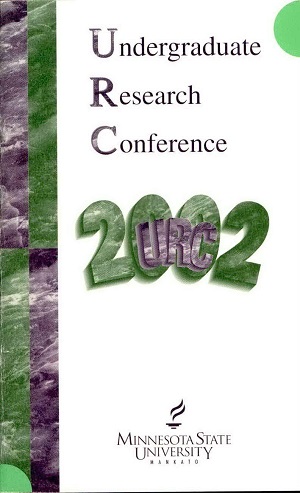Cultural Significance of Body Art
Location
CSU
Student's Major
Anthropology
Student's College
Social and Behavioral Sciences
Mentor's Name
Winifred Mitchell
Mentor's Department
Anthropology
Mentor's College
Social and Behavioral Sciences
Description
For years people have been tattooing, scarring, burning, and performing other forms of body modification to permanently mark their bodies. The purpose of this project was to look at the significance that people place on body art, particularly tattooing. In this project the history and origins of tattooing and how it was brought to the United States were examined. This was done through library research. Cross-cultural research was conducted to see what tattoos mean in different cultures. To do this, four cultures from different areas around the world were examined. Local data collection was accomplished through casual, unstructured interviews. Interviews included personal narratives of the informants' tattooing experiences. They were also asked to view randomly chosen images and pick out an image that appealed to them and explain why it appealed to them. These data were then examined for common themes such as reasons for getting a tattoo, meanings, and concealment concerns behind tattoos. The themes the data were analyzed for and photographs of tattoos will be presented.
Cultural Significance of Body Art
CSU
For years people have been tattooing, scarring, burning, and performing other forms of body modification to permanently mark their bodies. The purpose of this project was to look at the significance that people place on body art, particularly tattooing. In this project the history and origins of tattooing and how it was brought to the United States were examined. This was done through library research. Cross-cultural research was conducted to see what tattoos mean in different cultures. To do this, four cultures from different areas around the world were examined. Local data collection was accomplished through casual, unstructured interviews. Interviews included personal narratives of the informants' tattooing experiences. They were also asked to view randomly chosen images and pick out an image that appealed to them and explain why it appealed to them. These data were then examined for common themes such as reasons for getting a tattoo, meanings, and concealment concerns behind tattoos. The themes the data were analyzed for and photographs of tattoos will be presented.



